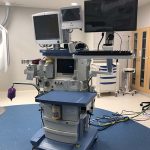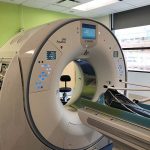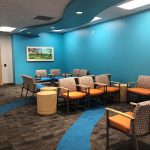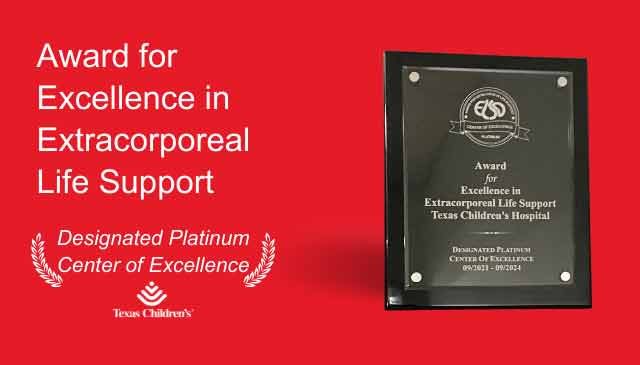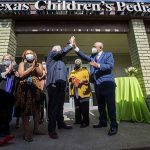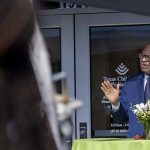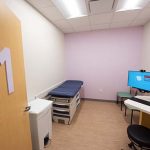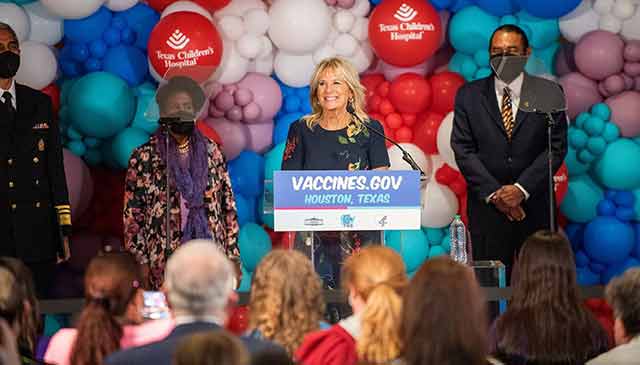
Structural racism is a system in which public policies and institutional practices work to influence, perpetuate, and reinforce racial inequities. Structural racism is not a new concept, however. Current events within the US have brought to light a deep-rooted issue that has been affecting the country since it was formed. Structural racism impacts social, economic, and political systems that were built to serve and benefit us. There have been many instances in history where racism has impacted our systems:
In health care
Tuskegee Study of Untreated Syphilis. Conducted by the U.S. Public Health Service, the purpose of this study was to observe untreated syphilis in 600 low-income Black men. They were promised free healthcare and consultation services. When penicillin became the standard treatment for syphilis, researchers withheld knowledge of this treatment from the participants. These men were taken advantage of and deceived into participating in a study that had no intentions of providing a diagnosis, treatment, or cure, due to promise of free healthcare services. Researchers employed discriminatory selection and unethical treatment of subjects – based on men’s race and income status – to advance their science, with little care for the health and well-being of their vulnerable participants.
This study is also commonly documented as the beginnings of Black and African-American people’s distrust in the health care system, and part of the reason why minority individuals are reluctant to seek healthcare services or trust their healthcare providers. And to this day, Black men and women face higher risks of chronic illness, infection, and injuries compared to their White counterparts.
In the economy
“Redlining.” Established in the 1930s, redlining was once used by banks, the real estate industry, and various federal government agencies. Lenders and the federal government outlined on a map (in red) the neighborhoods where people of color lived. If you lived inside the red lines, your loans were considered high-risk and banks were less likely to give loans or invest, or you were offered higher interest rates for lending – all leading to higher prices for individuals of color, leaving them at an economic disadvantage. Lasting impacts of redlining can still be seen today: Black people remain disproportionately in debt, have reduced wealth in the minority population as a whole, and are less likely to own property or other assets when compared to their White counterparts. There have since been legislation efforts to counter the impact of historical redlining, such as the Fair Housing Act (1968), to prohibit discrimination in the purchase, sale, rental, or financing of housing and the Community Reinvestment Act (1977) to encourage banks to meet the credit needs of moderate to low income neighborhoods.
In politics
Voting. The electoral college, established within the Constitution, is a system in which each state is granted two senators and a certain number of representatives in Congress to represent their vote. Because the Constitution gives every state two senators, rural states which tend to be whiter and less populated, end up with a greater representation in the Electoral College than more populated and more demographically diverse states (for example: Wyoming has 580,000 and California has 39.5 million people, but each state has two senators).
Similar disparities exist when considering congressional districts, as well. Every 10 years, voting district boundaries are redrawn and must have populations roughly equal to one another. You may have heard the term gerrymandering – it’s the drawing of boundaries within states that gives one political party an unfair advantage over another. An example of this could be splitting the congressional district to separate Black voters into different districts, splitting their vote intentionally so that the majority vote within their district is unlikely to be in their favor.
In education
The school-to-prison pipeline. Researchers and scholars have explored links between race, behavior, and suspension rates and there is no evidence that Black students misbehave at higher rates than their white counterparts. Disciplinary records for white students often note objective behavioral offenses such as vandalism or obscene language, while disciplinary records for Black students are more likely to be noted for subjective offenses such as disrespect, insubordination, or disorderly conduct. Starting at an early age, Black children are also more commonly disciplined, suspended and taken out of school, and placed into the juvenile justice system. A preschool study noted that while Black children only make up 18 percent of the preschool population, 48 percent of preschool children suspended more than once are Black. There is a disproportionate number of Black students taken out of the education system and placed into the justice system, showing that racial disparities and discriminatory practices are still at play in the education system to this day.
In the criminal system
U.S. Prisons: Our nation’s prisons are disproportionately filled with Black men and women. The 13th amendment states that “Neither slavery nor involuntary servitude, except as a punishment for crime whereof the party shall have been duly convicted, shall exist within the United States, or any place subject to their jurisdiction.” Shortly after the ratification of the 13th amendment, Jim Crow laws, a set of laws legalizing racial discrimination, were enacted. Jim Crow laws served to enable decision makers to essentially re-enslave Black people on the basis of what they deemed as crimes. Black Codes (part of Jim Crow laws) were strict local and state laws that detailed when, where, and how formerly enslaved people could work and for how much pay. These codes worked in conjunction with labor camps for the incarcerated, where prisoners were treated as enslaved people. Decades later, the Crime Bill of 1994 provided funding for prisons, encouraging mass incarceration, and included provisions to more severely punish justice-involved youth (further reinforcing the school-to-prison pipeline). These structures within the criminal system have worked to establish incarceration, crime, and punishment as a profitable industry. In the present day, 33% percent of US prisoners are Black, compared to their representation as 12 percent of the general population, while white individuals are 30 percent of prisoners and 63 percent of the general population.
These are just a few examples, out of many, of how our social, economic, and political structures have policies and practices in place that continually disadvantage Black individuals and their communities. We are fortunate to live in a time where information has become more transparent and available; we have come a long way in reversing discriminatory policies, but there is plenty of work left to do. The first step to creating change is to raise awareness about the ways in which public policies and practices can create and maintain inequities along racial lines.






